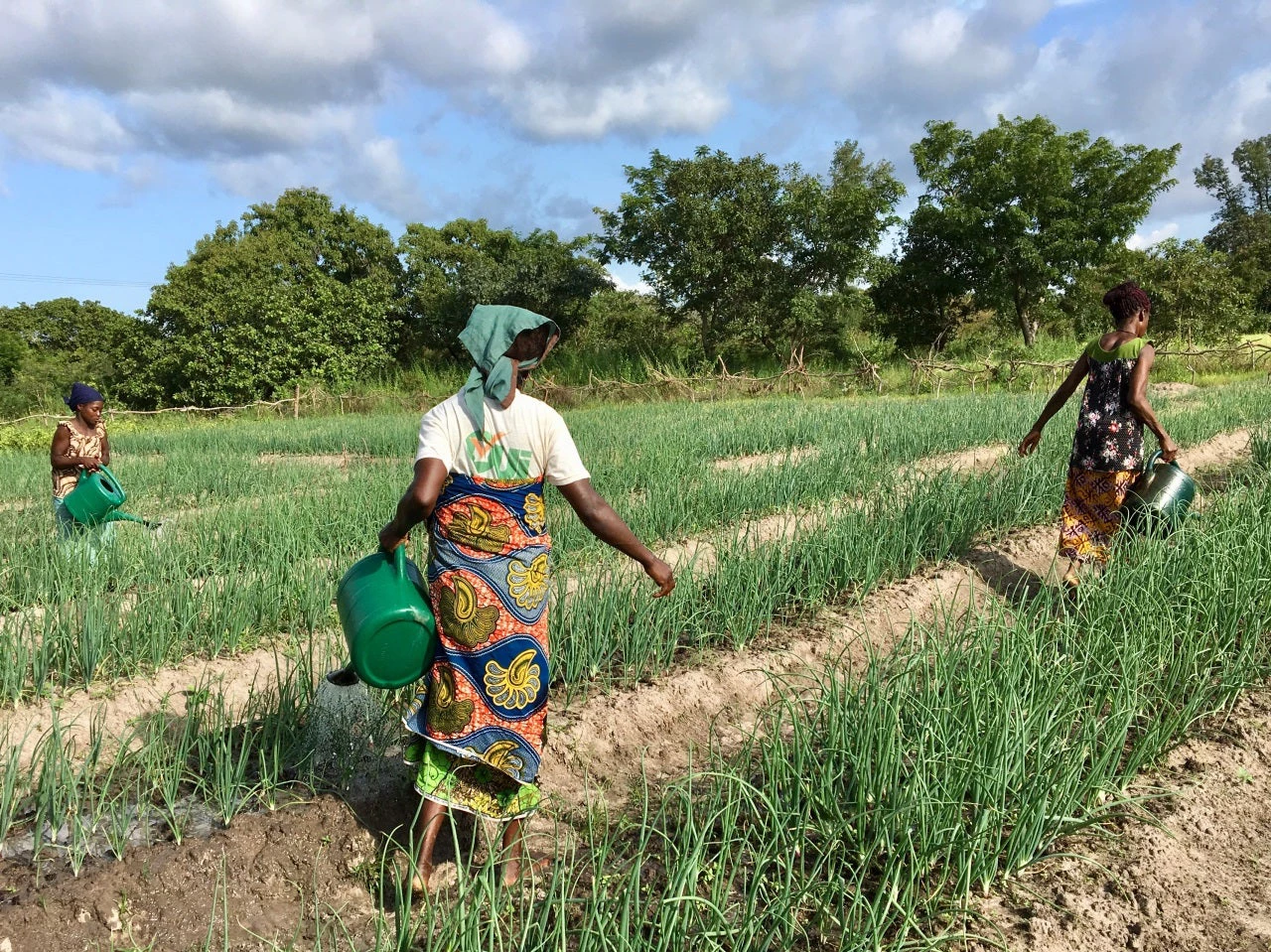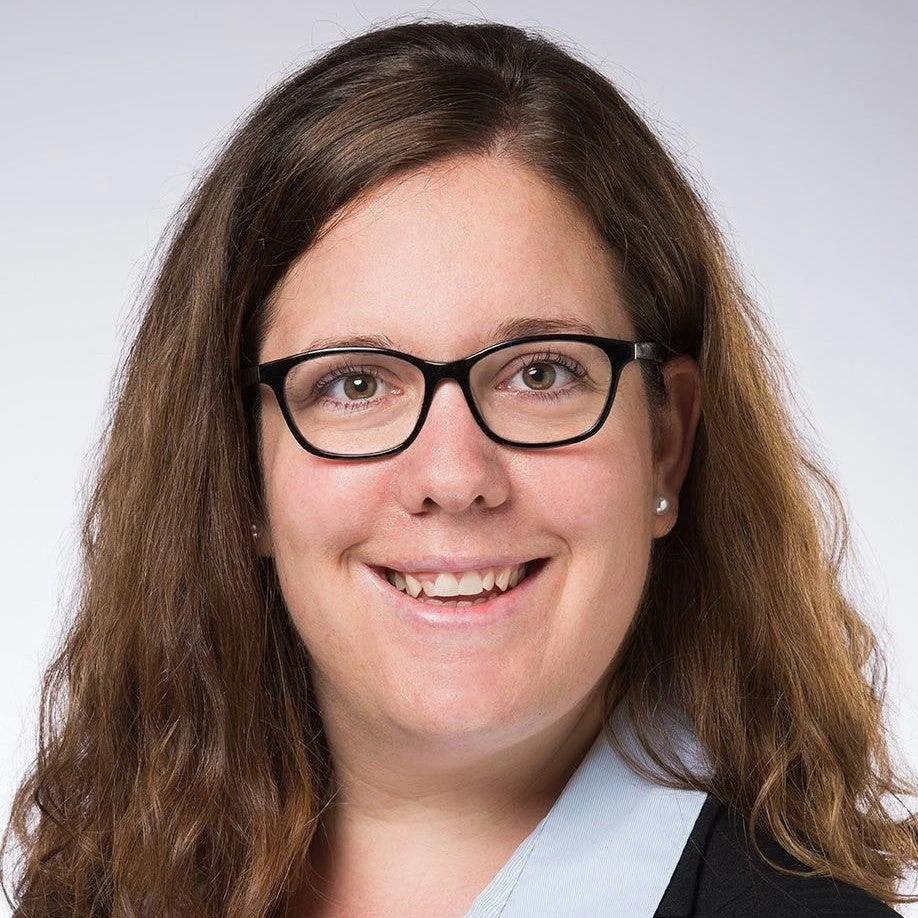
One out of ten people in the world —around 766 million people— still lived below the extreme poverty line in 2013. Most of them, 80 percent, live in rural areas and have very low productivity jobs. Improving jobs and earnings opportunities for these poor and vulnerable workers is at the core of the World Bank Group agenda and it requires holistic economic inclusion initiatives to move them into sustainable livelihoods.
What approaches have been implemented so far?
Until recently, policymakers have used different approaches aiming to increase poor people’s productivity and connect them to markets in order to reduce poverty: poverty-targeted and growth-oriented programs.
The poverty-targeted approach aims at helping poor people improve their livelihoods by entering the labor market or establishing sustainable self-employment activities. BRAC’s graduation-style model is such an example. Over the last years, several governments and NGOs have piloted graduation-style programs, which try to ensure that targeted beneficiaries do not suffer from new shocks while finding pathways to overcome (extreme) poverty. These programs usually provide a combination of consumption support (food or cash), productive assets along with technical skills training, savings accounts or groups, financial literacy training, and coaching during a limited period of time. Although this graduation approach has proved to have positive and long-term impacts on earnings and other socio-economic outcomes, big questions remain unanswered: is it cost-effective? What is the optimal model for a specific context? Is it scalable? Are its impacts sustainable over time?
A more sustainable way of lifting people out of poverty is the growth-oriented approach, which can help people access markets and value chains. This approach identifies ex-ante sectors of the economy, value chains, and business opportunities that are either potentially lucrative, have growth potential, or have space for reducing inefficiencies, given the country’s specific context. Productive Alliances (PA) is a growth-oriented model widely implemented in Latin America since the early 2000s. The model aims at “strengthening the linkages between producers, buyers, and the public sector with agricultural value chains” by developing horizontal alliances between smallholder producers and vertical alliances between them and buyers in the market. These partnerships help producers overcome market barriers, improve quality, and increase production levels while benefiting buyers with timely and consistent supplies of crops. There are other models outside of agriculture in services, such as rural tourism value chains. Evaluated PAs have achieved positive socio-economic outcomes, but projects implemented to date didn’t target poverty reduction and it is unclear whether they have reached or benefitted the very poor.
Despite the noteworthy results of these two approaches, they leave an important gap: the programs designed to reach the very poor increased their livelihoods but not enough to lift them permanently out of poverty; and the programs that can provide sustainable paths out of poverty have not specifically targeted the very poor.
Could we get the best of both worlds and create a new generation of economic inclusion programs?
With this in mind, the World Bank is currently working on new programs to connect vulnerable population groups (poor, youth, refugees and IDPs, women, etc.) with markets. In Côte d’Ivoire, for example, the Economic Inclusion into Value Chains project aims to integrate poor households in value chains that present growth potential. To pilot this approach, we needed a sector fulfilling two principles: targeting the poorest and a high growth potential sector.
We selected the rice value chain because many households —including the poorest— grow rice, and therefore the project will provide an opportunity to focus on the integration of the most vulnerable. At the same time, the sector has a high growth potential as there is scope for improved coordination within the chain, and the government is committed to meet the increasing rice consumption by substituting the high share of rice imports (60% of rice consumed in 2013) with local production. Based on an assessment of binding constraints within the chain, we have identified a set of tailored interventions simultaneously targeting rice farmers, producer organizations, and rice mills, to improve on and off farm jobs outcomes and contribute to poverty reduction in Côte d’Ivoire.
This innovative approach, which aims to connect the poorest households to growing markets, can yield positive long-term impacts for vulnerable workers and their families. In future posts we will present more details on the project in Côte d’Ivoire and other similar programs that the World Bank is developing.




Join the Conversation